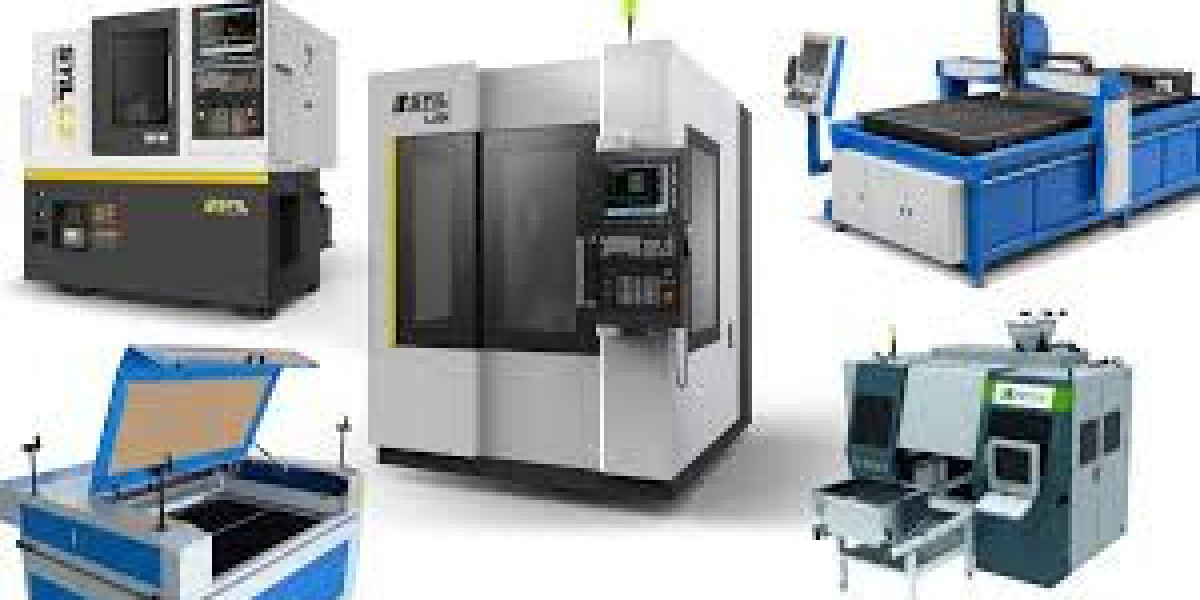In today’s highly competitive automotive landscape, Original Equipment Manufacturers (OEMs) demand precision, speed, and efficiency in every component they source. As vehicles evolve with tighter tolerances, advanced materials, and complex geometries, traditional machining is no longer enough. That’s where multi-axis CNC machining becomes a cornerstone of modern automotive manufacturing.
From engine components to structural chassis parts, multi-axis machining delivers the precision and flexibility OEMs need—whether it’s for mass production, prototyping, or custom tooling.
Understanding OEM Demands in the Automotive Sector
OEMs are not just assembling vehicles—they’re orchestrating vast supply chains of critical, performance-sensitive components. The expectations include:
Zero-defect quality
Scalability and repeatability
Quick turnaround for design changes
Cost efficiency without compromising tolerance
This pushes machine shops and part suppliers to adopt advanced CNC machining capabilities, including 4-axis, 5-axis, and even simultaneous multi-axis operations.
What Is Multi‑Axis Machining?
Multi-axis machining refers to CNC equipment that moves tools or workpieces across more than the conventional three axes (X, Y, Z). In automotive manufacturing, 4-, 5-, or 6-axis machines allow for:
Fewer setups: Complex shapes machined in a single run
Increased accuracy: Reduced repositioning means tighter tolerances
Faster cycle times: Efficient pathing and tool changes
Improved surface finishes: Continuous contouring with fewer interruptions
This level of precision is especially important for OEM applications such as turbocharger housings, cylinder heads, transmission casings, and suspension components—where every micron can affect performance, safety, or fuel efficiency.
Automotive Components Benefiting from Multi‑Axis CNC
Some high-demand parts produced using multi-axis machining include:
Engine blocks and heads
Drivetrain components
Brake calipers and rotors
Suspension arms and steering knuckles
Dashboard structural mounts
Molded components for interior systems
Notably, many of these are not only milled or turned—they’re often paired with injection-molded parts, which adds a new layer of complexity to the production pipeline.
Bridging Machining and Molding: Prototyping with DIY Injection Systems
While CNC machining dominates the production of metallic and structural parts, injection molding is vital for plastic automotive components—like clips, bezels, dashboard panels, and air vents.
For small-batch production or rapid prototyping, manufacturers and R&D teams are increasingly turning to compact molding setups. A popular resource for exploring this is the DIY Injection Molding Machine approach.
These systems allow engineers to test mold designs, validate fit and finish, and accelerate time-to-market without the high cost and lead time of traditional injection molding. When combined with CNC-machined molds or hybrid tooling, it becomes an agile and cost-effective solution—especially valuable during early design iterations.
Integration Across OEM Supply Chains
Forward-thinking automotive OEMs are integrating multi-axis machining with other digital manufacturing technologies to streamline operations. Here’s how they benefit:
Faster prototyping using CNC-machined and molded parts together
Improved customization for performance variants or limited-run models
Lightweighting initiatives by using precision cuts and advanced materials
Digital twins and simulation integration for real-time feedback loops
By bridging CNC precision with rapid molding solutions like the DIY Injection Molding Machine, OEMs unlock a flexible production strategy that adapts quickly to design, regulation, or material changes.
Conclusion: Precision Engineering for the Automotive Future
The automotive industry is undergoing a transformation—driven by EVs, autonomous systems, and sustainability mandates. Multi-axis machining offers the precision and adaptability needed for OEMs to stay ahead, while tools like the DIY Injection Molding Machine empower rapid development of complementary components.
Together, these technologies form the backbone of modern automotive manufacturing—where speed, quality, and flexibility aren’t optional; they’re essential.



